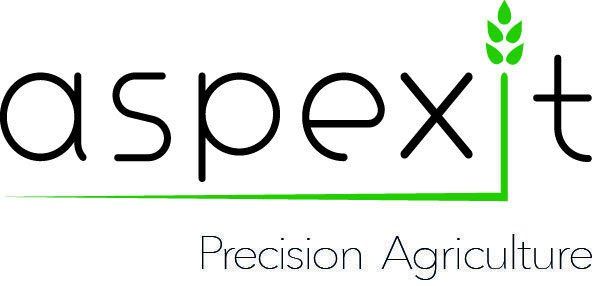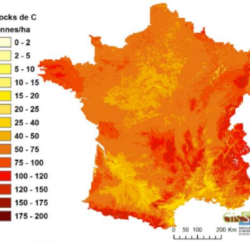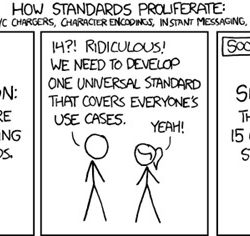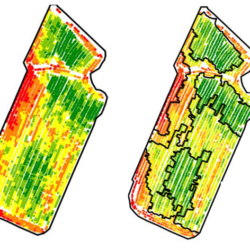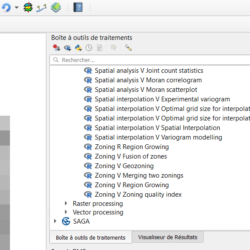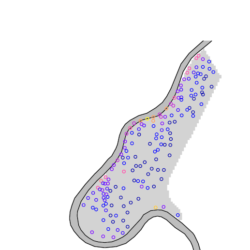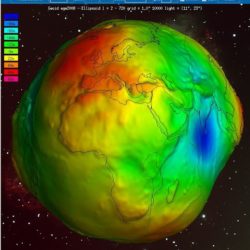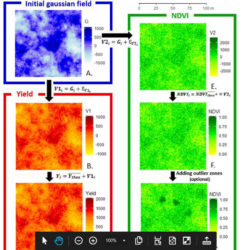The race for carbon in agriculture
Carbon is the only word on everyone’s lips. Finger-pointed as the evil of the moment – due to climate change – we almost forget that we are made of it. We should stop emitting it, transforming it or storing it – we don’t want it to show its face. And the subject is a hot Read more about The race for carbon in agriculture[…]
